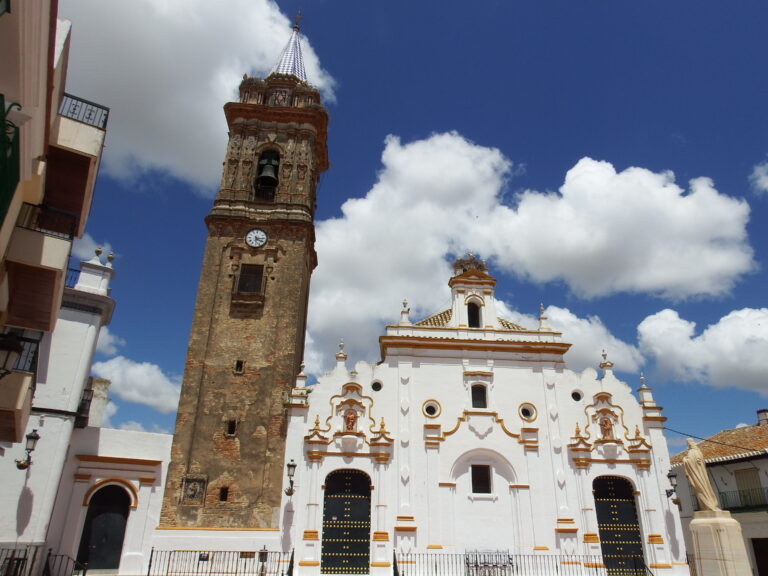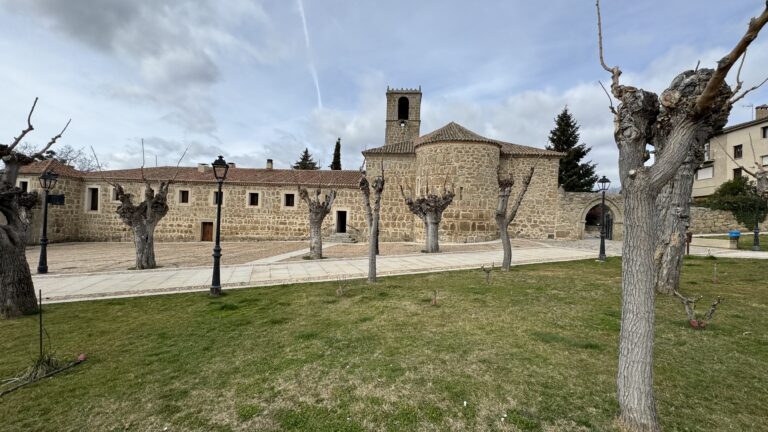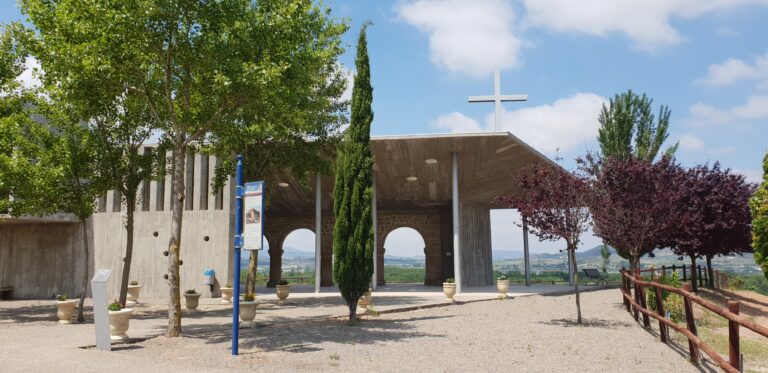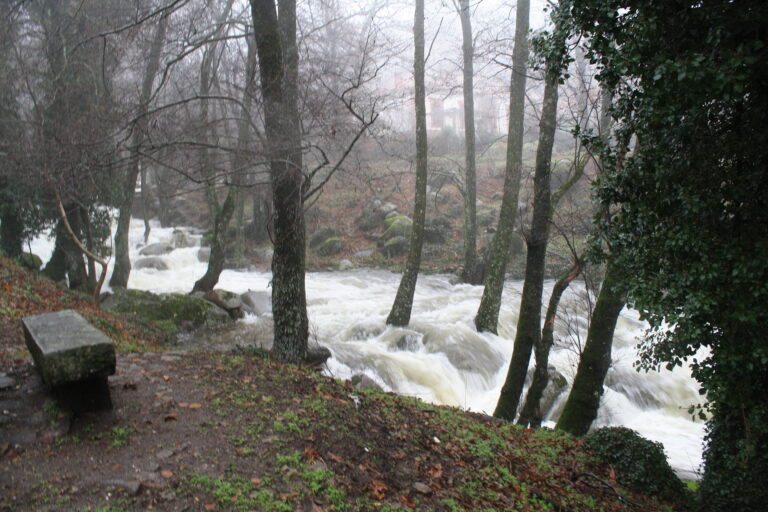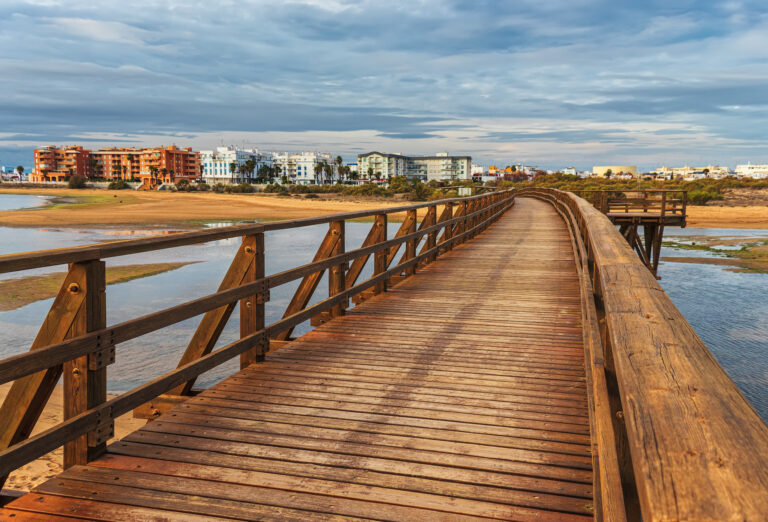What to see in Villarrasa, Huelva: nature, history and the essence of the Condado region
In the heart of the Condado region of Huelva, surrounded by fertile fields that merge with the foothills of the Andévalo, Villarrasa is one of those towns that, despite its size, is home to a surprising wealth of natural, heritage and cultural attractions. This municipality of just over 2,000 inhabitants, nestled 36 km from Huelva, has preserved its rural identity, a vibrant historical memory and an environment that invites you to take a leisurely stroll, contemplate and rediscover the most authentic Andalusia.
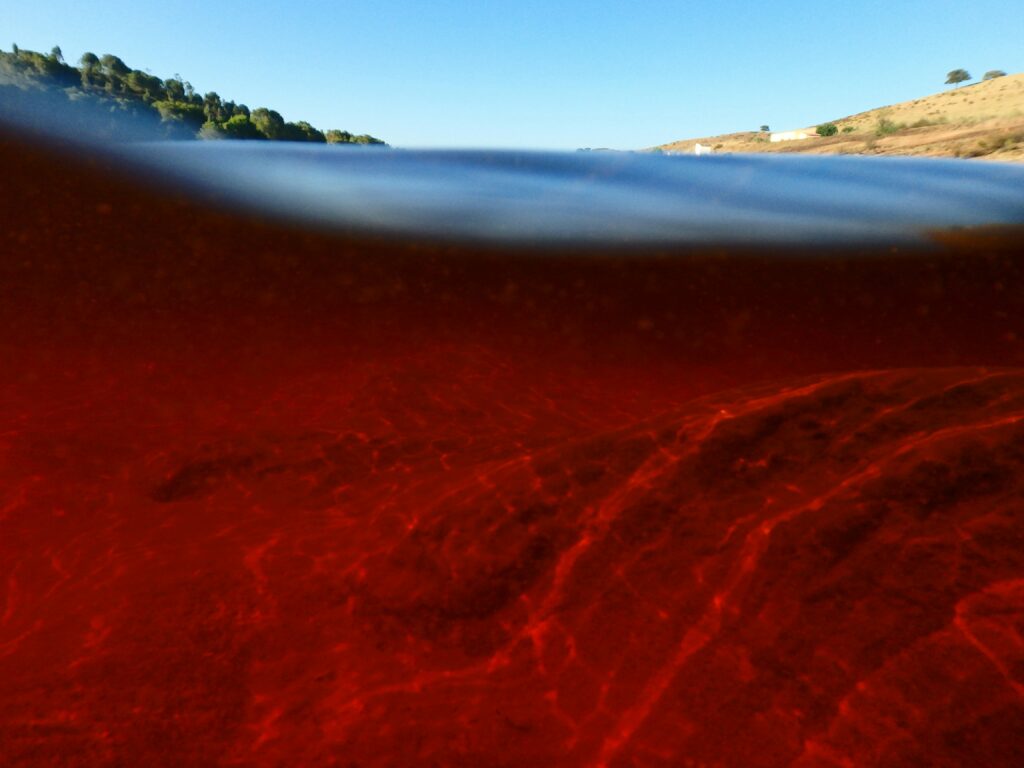
A glimpse of Villarrasa
Covering an area of 72 km² and located at an altitude of 65 metres, Villarrasa opens up in the middle of the Huelva countryside like an open-air history book. The layout of its streets, its white single-storey houses with curved roofs and its numerous hermitages tell us of a life linked to agriculture, popular religiosity and centuries of heritage. Despite its apparent calm, life in Villarrasa is marked by remarkable economic and social dynamism: traditional farms coexist with modern irrigated crops, agri-food industries and recycling companies, all framed by a lively and diverse natural environment.

A brief history of Villarrasa
The history of Villarrasa is lost in the mists of time. The first human remains found in the municipality date back to the Chalcolithic period, some five thousand years ago. The site of ‘La Alquería’, a covered gallery tomb, also dates from this period and confirms the presence of prehistoric communities in the area. The town has witnessed the passage of numerous civilisations: Carthaginians, Romans, Visigoths and Muslims all left their mark on these lands. The presence of the Romans is attested to in the area of ‘El Cortijo’, where a marble column was found that is now preserved in the Provincial Archaeological Museum of Huelva. During the Islamic period, Villarrasa was part of the Cora de Niebla, acting as a defensive bastion for this capital.
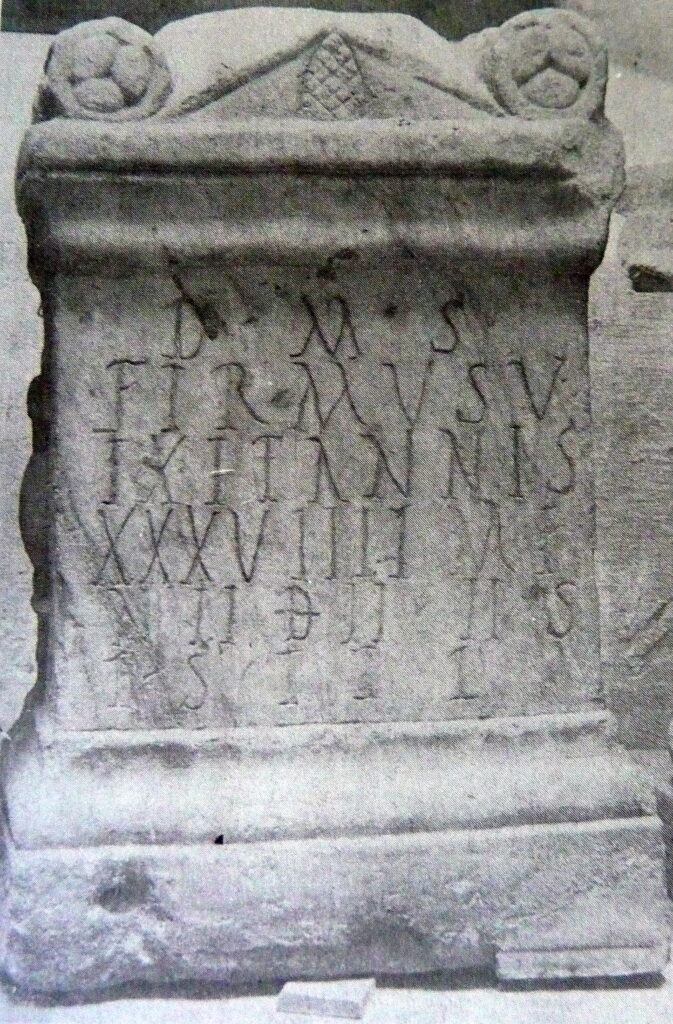
It was after the Christian conquest by Alfonso X in 1262 that Villarrasa began a new era. Despite being integrated into the County of Niebla, in 1602 the residents led one of the first separatist movements against feudal rule. It was not until 1813, after the abolition of the feudal regime by the Cortes of Cádiz, that it gained its independence and the title of town. In the 19th century, the arrival of the railway brought a key improvement in communications. In 1880, the Seville-Huelva line was inaugurated with a stop in Villarrasa, which boosted its economic development and connected it with the rest of the country.

Economy and local life
The agricultural landscape of Villarrasa is as diverse as its history. The pastures in the north of the municipality are mainly used for hunting, while the countryside is dedicated to the cultivation of cereals, sunflowers, beet, olive groves and vineyards. However, the great boost in recent decades has come from irrigated agriculture, with fruit trees such as citrus, peach, plum and pear trees. Companies such as Agroalimentarias del Sur have made Villarrasa a regional benchmark in fruit and vegetable production, generating more than 100,000 jobs per year.
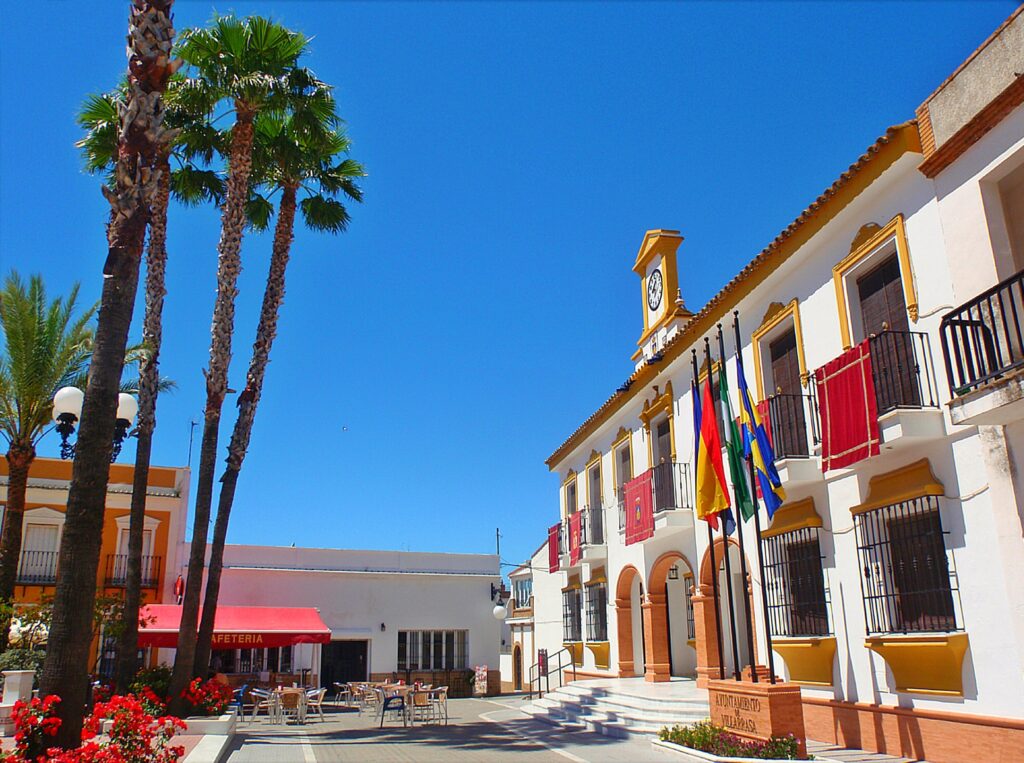
Industry is also present, with metal and woodworking shops, bakeries, repair shops and companies linked to the agri-food sector. In the tertiary sector, small local shops and services, with a clearly family-oriented character, stand out. Poultry production, equipped with modern technology, completes this productive landscape where tradition and innovation intertwine.

Architectural and Spiritual Treasures
Despite its size, Villarrasa surprises visitors with its rich heritage, especially in terms of religious architecture. The Parish Church of San Vicente Mártir is a fascinating melting pot of styles, the result of reconstructions over the centuries. Its 14th-century Gothic-Mudejar origins are fused with elements from the 16th and 18th centuries, and even with additions made after the Civil War. Inside, it houses valuable pieces of imagery and gold and silver work from the 17th and 18th centuries.
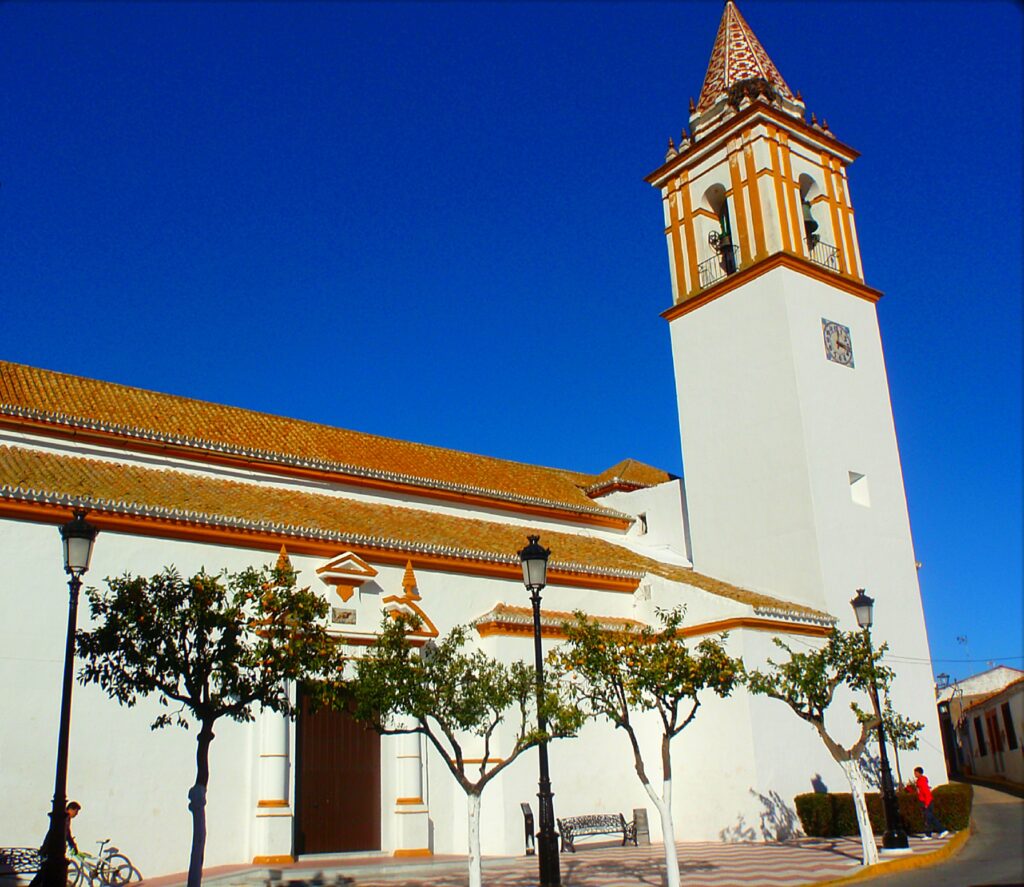
Among the most representative hermitages are:
- Hermitage of Nuestra Señora de las Angustias: The oldest, an architectural dialogue between Mudejar, Renaissance and Baroque elements, offering a privileged view from the road that crosses the village.
- Hermitage of Nuestra Señora de los Remedios: Dedicated to the patron saint of the village, this Baroque hermitage houses an admirable silver altarpiece carved in Mexico.
- Hermitage of San Roque: Another example of local Baroque architecture.
- Hermitages of Las Cruces: More recently built, such as the Santa Cruz de Arriba, in a neo-Baroque style with a splendid tile on the side, and the Cruz del Campo, rebuilt in 1981 in a regionalist style that incorporates the essence of local historical architecture. The latter stands out for its artistic tiles depicting the mysteries of the Holy Rosary and for the venerated image of the Santa Cruz del Campo, a work of great historical and artistic value.
These chapels are also the epicentre of the traditional Cruces de Mayo, one of the most lively and eagerly awaited celebrations for the people of Villarrasa.

A Natural Paradise to Discover
Walking through Villarrasa is like stepping into the essence of Andalusian villages. Streets such as Empedrada, Infante de Cos, Piñón and Plaza de España preserve traditional houses with gabled roofs, wooden doors and simple balconies. Some houses date back to the 17th and 18th centuries and reflect the agricultural history of the town.
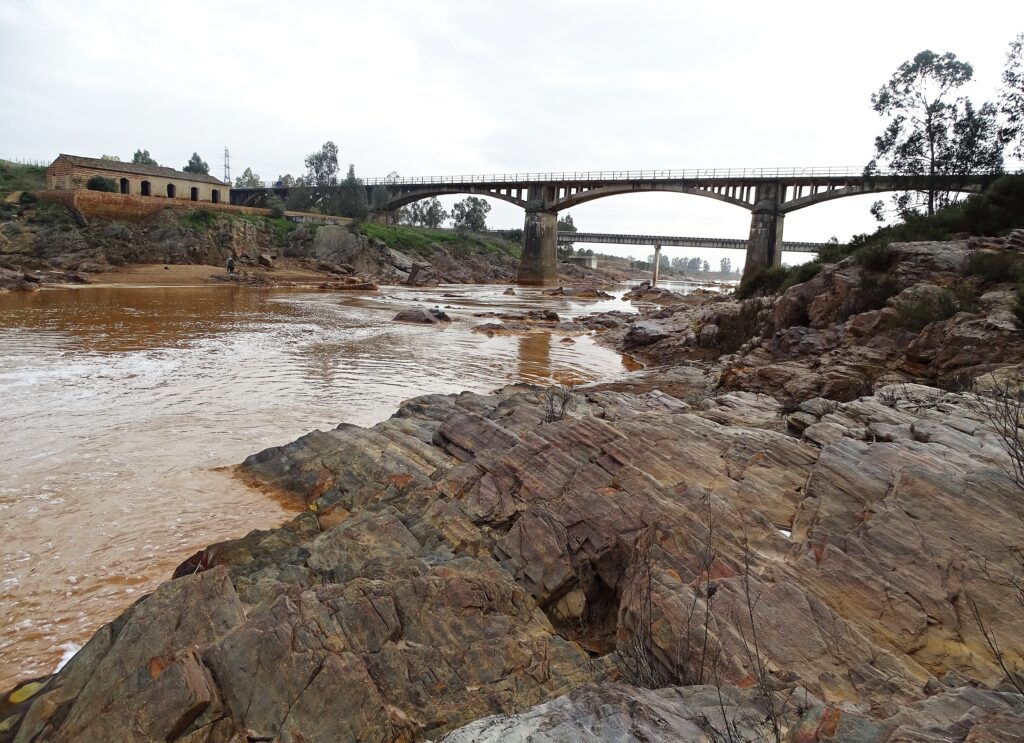
Villarrasa also charms visitors with its natural surroundings. The landscapes around the town alternate between gentle rolling hills, streams, Mediterranean scrubland and vegetable gardens. The Paraje de Gadea, bathed by the ferruginous waters of the River Tinto, offers unique views with old water mills such as those of Vadera, Juan Muñoz and La Torre, now in ruins but steeped in history.
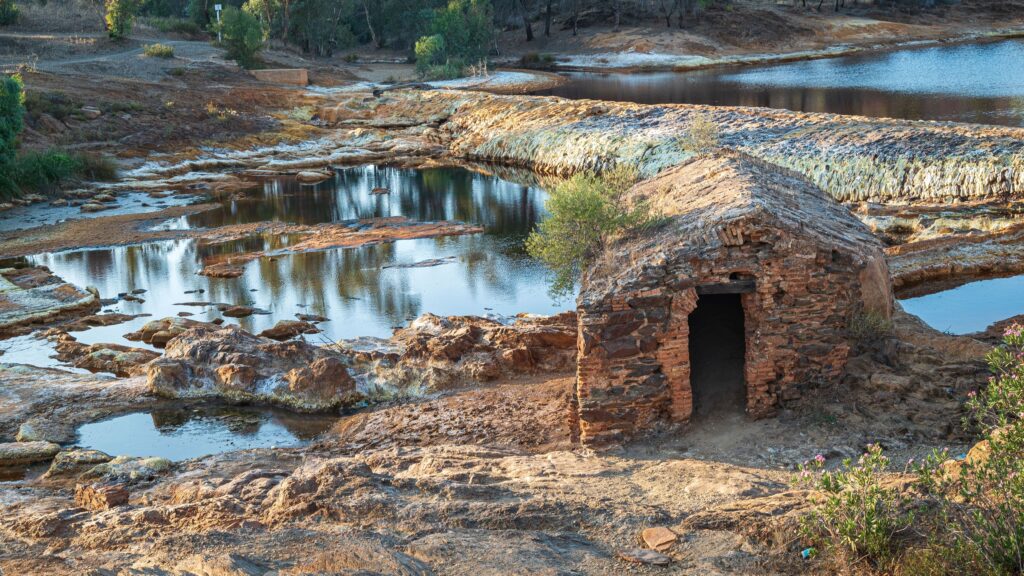
Another noteworthy spot is the Dehesa Nueva, a gift from King Ferdinand VII in gratitude for the local participation in the War of Independence. This natural area, ideal for walks or hiking trails, stretches between olive groves and pine forests, offering views of the hills of Andévalo. Equally fascinating is the Huerto del Hambre, a mixed area where fruit crops coexist with native vegetation such as rockroses, wild olive trees and eucalyptus trees. Due to its botanical and ornithological wealth, it is a paradise for hiking enthusiasts, especially along the route that connects the town centre with the Dehesa Boyal, which is very popular for pilgrimages and country excursions.

Celebrations with a taste of tradition
The calendar in Villarrasa is marked by festivals and traditions that reflect the deep roots of its people:
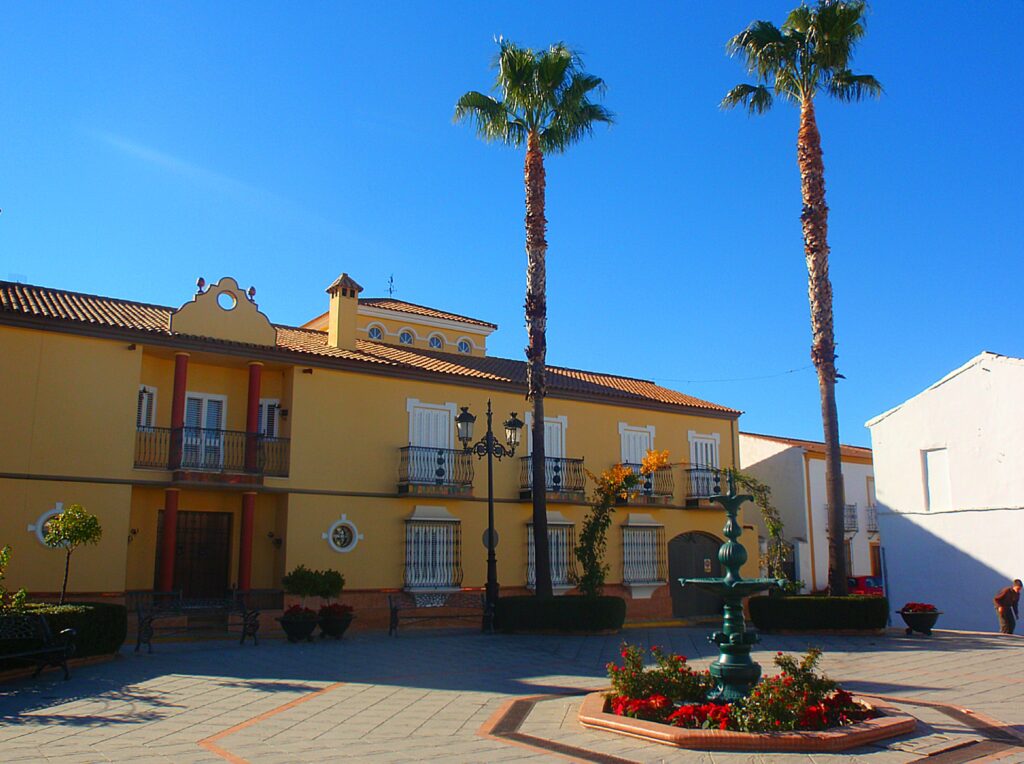
- Carnival: Usually held in late February or early March, filling the streets with colour and joy.
- Holy Week: On Good Friday, Nuestro Padre Jesús Nazareno and Nuestra Señora de los Dolores make their penitential procession, a moment of profound devotion.
- Cruces de Mayo: One of the most emblematic celebrations. The Hermandades de la Cruz del Campo and the Hermandades de la Cruz de Arriba dedicate two weeks in May to their festivities, with a big weekend for each, brimming with events and devotion.
- Romería del Rocío: The Brotherhood of Villarrasa, number 44 in the order of affiliates of the Hermandad Matriz, participates fervently in this annual pilgrimage, with the Brotherhood of Huelva as its godmother.
- Corpus Christi: Celebrated by the Patron Saint Brotherhood together with the Parish and the other Brotherhoods, on the Sunday after the solemnity of Corpus Christi.
- Patron Saint Festivities in honour of Our Lady of Los Remedios: These take place in August. They begin on the 6th with the Novena and culminate on the 15th with a Solemn Procession, visiting the chapels of the two crosses. The weekend after 15 August, a fair is held in honour of the Patron Saint.
- December Festivals in honour of Our Lady of Los Remedios: These are held on the days leading up to 18 December, commemorating the appearance of the image of the patron saint in 1503. After the procession to the place where she was found, the traditional auction takes place.
- Patron Saint’s Day, Saint Vincent Martyr: On 22 January, there is a pilgrimage to the countryside where the traditional ‘tostón’ (toasted bread with garlic, olive oil and sardines) is eaten, washed down with the young wine of the year, a real local delicacy.
- San Isidro Labrador: On 15 May, there is a procession of the saint and a pilgrimage, where the Brotherhood treats visitors to must and lupin beans.

How to get to Villarrasa
Villarrasa enjoys a strategic location between Huelva and Seville. It can be easily reached by road via the A-472, which connects both capitals, or via the A-49 motorway, with an exit to the town via the H-6132. It also has its own train station on the Huelva-Seville line.
Nearby places to explore
In addition, here are a number of destinations that we have included on our map, in case you are interested in adding them to your itinerary. Don’t miss them!
- Bollullos Par del Condado: A place steeped in wine and religion. It is a -minute drive on the HU-4102.
- Isla Cristina: If you want a place with a beach, this is a good option. It is a 54-minute drive on the A-49.
- Zufre: Another inland village near the Sierra de Huelva. 1 hour 15 minutes via the A-493 and A-461.
- El Portil: A beach destination that is not too crowded. 41 minutes on the A-49.
- Moguer: Visit the home of Juan Ramón Jiménez. It is a 26-minute drive along the A-49.
Local cuisine
Villarrasa’s cuisine is as simple as it is tasty, based on local products and traditional recipes. Some typical dishes are:
- Spinach with chickpeas
- Tostón with sardines
- Scrambled eggs with tomato
- Fried doughnuts and pestiños
- Poleá, a sweet porridge with hints of cinnamon and aniseed
Many of these dishes are enjoyed during local festivals, accompanied by young must, made from grapes grown in the municipality.

Villarrasa: Andalusian essence among olive trees and tradition
Villarrasa is not just another name on the map of Huelva. It is a village with character, soul, a history that can be felt in every corner and nature that invites you to stay. Ideal for a rural getaway or to discover the lesser-known side of the Condado, Villarrasa is undoubtedly one of those places that add something extra.
To make the most of your getaway, here are some useful products you can purchase before your trip so that you are well prepared:
- Hiking shoes
- Snorkel set
- Compact microfibre towel
- Waterproof sun cream
- Polarised sunglasses
- Non-slip flip flops
- Anti-theft backpack
In this article you will find some affiliate links. If you book or buy something through them, you help us to continue creating independent and useful content, at no extra cost to you. Thank you very much for making this possible!
Photo Credits
Below are the photo credits in order of appearance. Royalty-free photos will not be listed below:
